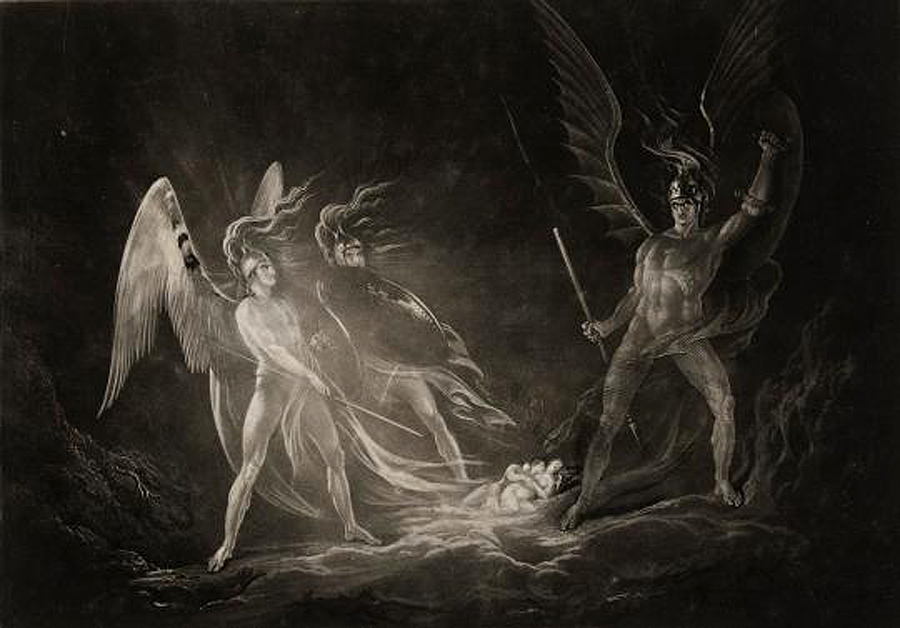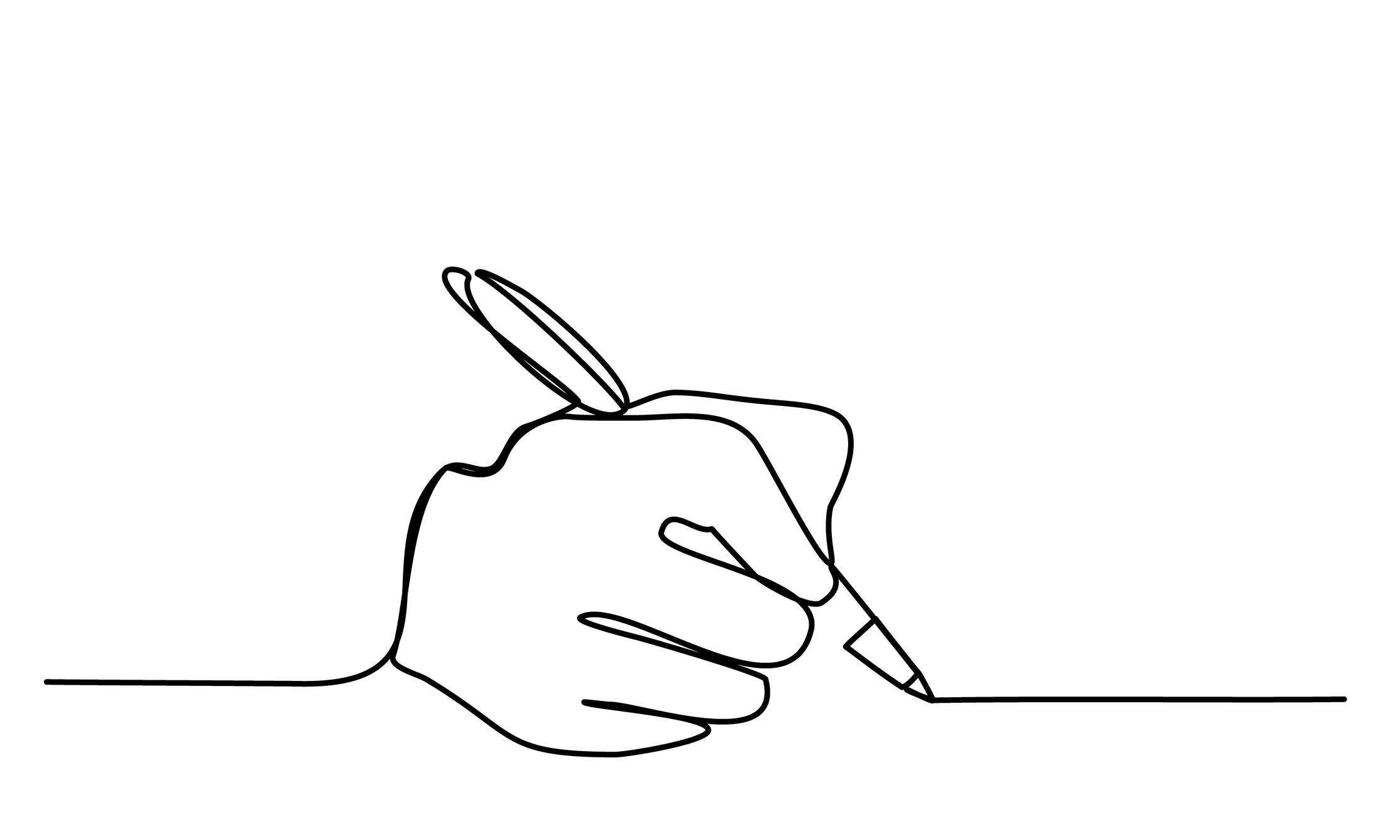Featured in

- Published 20240206
- ISBN: 978-1-922212-92-4
- Extent: 204pp
- Paperback, ePub, PDF, Kindle compatible


Already a subscriber? Sign in here
If you are an educator or student wishing to access content for study purposes please contact us at griffithreview@griffith.edu.au
Share article
More from author

Dominion
My disquiet over the influence of the religious right in Australian politics is entirely a product of my upbringing. My parents, for reasons of circumstance and naivety mostly, found themselves enmeshed in a religio-political group called Logos Foundation in the 1980s. Logos has the dubious honour of trying, but failing, to bring Christian reconstructionism into mainstream politics. The Foundation was ‘the political arm’ of the Covenant Evangelical Church (CEC) – ‘the spiritual arm’ that subsumed the Pentecostal church my parents attended on Sydney’s upper north shore.
More from this edition

Lost decade
Fiction I MADE A point of telling people in LA that I’d come from somewhere farther than Santa Clarita: Tempe or Little Rock. When they...

Nothing ever lasts
Non-fictionBut I hate thinking of myself as the diversity hire. As I said, I’ve worked in the industry for over a decade. ‘I belong in this room,’ I told myself. I’m not a token – despite being called that so many times in my career that I’ve lost count. I’ve earned my place.

Which way, Western artist?
Non-fiction Michael Zavros, Bad Dad 2013, oil on canvas, 110 x 150 cm INSIDE YOU THERE are two wolves. Their names are Mark Fisher and Camille...